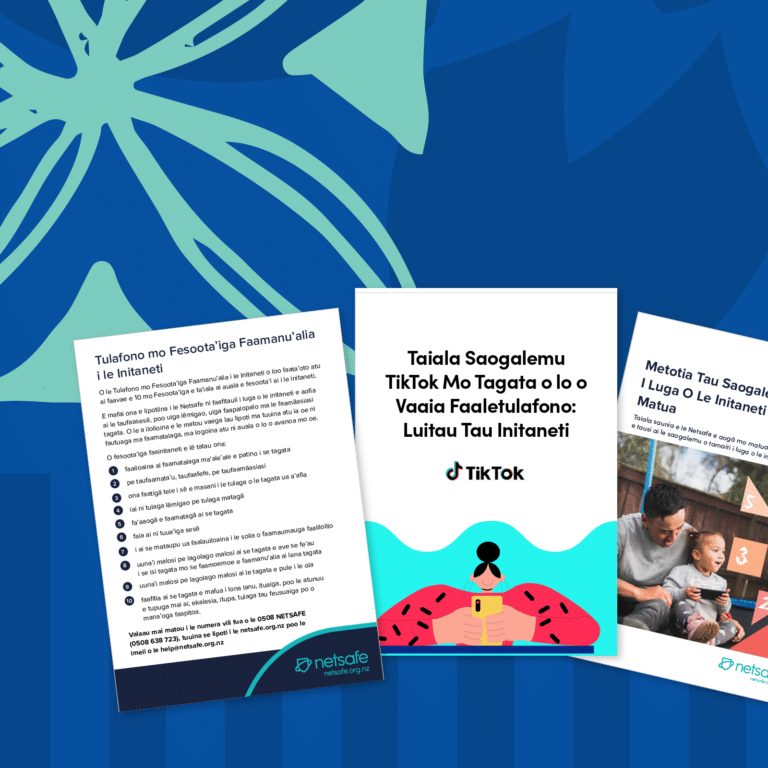What is a digital footprint?
Your digital footprint is the trail of ‘electronic breadcrumbs’ you leave behind you as you use the internet and it’s important to manage it carefully

Your digital footprint is the trail of ‘electronic breadcrumbs’ you leave behind when you use the internet. It can include the websites you visit, the photos you upload and your interactions with other people on social networks.
What’s a digital footprint?
A common comparison is the footprints you leave behind you when walk along a beach – every step you take leaves an impression on the sandy surface that allows another person to see the marks that your activity has made and offers the possibility for them to follow your trail.
Unlike a beach footprint which will eventually fade away, the internet – and any electronic ‘event’ in general – doesn’t work the same way. It’s safe to assume that anything you do, publish or post online may be there permanently and won’t be ‘washed away’.
The information you share online can be used to build up a picture of you as a person and your activities and interests. It’s important to think about who can see that information, and to remember that even if you have tight privacy settings, others can copy the content and pass it on for the wider world.
In short, it pays to think before you put any kind of information online. Once you post something online, you lose control of that content – it can be copied, shared and quickly attract unwelcome attention.
What’s the risk?
Most people create a digital footprint when they use online services.
They may actively publish their own information by sharing – for example publishing personal information or images about a holiday, interest or event. And they may passively – often unintentionally – contribute metadata to the services they make use of. This could include their device IP address, browsing behaviour and ‘loyalty’ to any service that tracks individual or anonymised user information.
The most common forms of risk reported to Netsafe related to individual digital footprints are:
- Publishing personal information that leads to online bullying or harassment
- Publishing or sharing imagery or video that is used for sexting, sextortion, image based abuse or blackmail incidents
- Publishing personal or business information that is used for social engineering attacks
- Publishing or sharing information that results in harm to reputation, such as loss of employment
What can I do about my digital footprint?
As a start, do an internet search using your name and see what comes up. Getting content removed can be hard, so it’s best to think about what your posting or sending online carefully.
Think about who could see the content, especially if it’s shared beyond it’s intended audience – family, friends, peers or potential employers. And make use of privacy settings on common platforms.
Tips for protecting your digital footprint
There are a few tips you can take to protect your digital footprint:
- Value your personal information
- Be cautious about what you publish and where you share
- Think about your online privacy and review platform settings
- Manage your reputation – evaluate what the impact could be when publishing a photo, status update, comment or review before you post it
- Stop and think about the effect it could have on you and those around you longer term
More information
- Contact Netsafe if you’d like further help on 0508 NETSAFE or [email protected].
Keep up to date
Follow us on social media and sign up to our enewsletter for alerts, news and tips.


![]()





